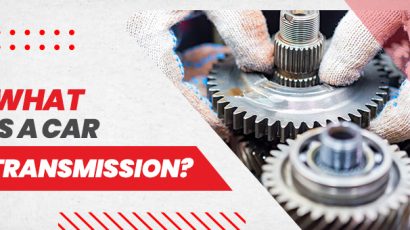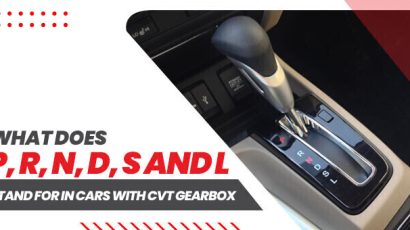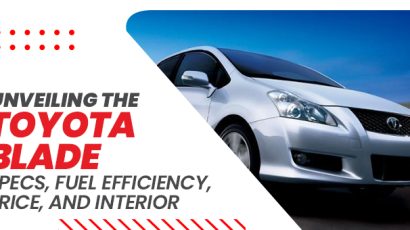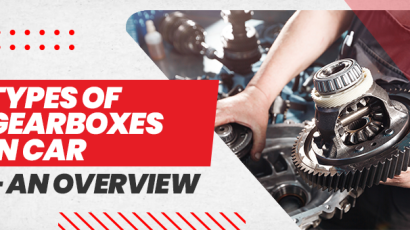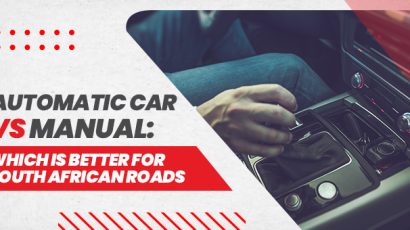
For car enthusiasts, particularly those who tinker under the hood, understanding transmissions is crucial. Two popular automatic transmissions, the 4L60E and 4L80E, are often confused due to their similar names. However, beneath the surface, these transmissions have distinct characteristics that cater to different driving needs. Buckle up as we delve into the world of 4L60E vs. 4L80E, helping you decipher their differences, identify the one in your car, and choose the right option for your vehicle.
Decoding the Code: What Do 4L60E and 4L80E Mean?
Let’s break down the seemingly cryptic codes. Both transmissions follow a naming convention used by General Motors (GM). The “4” signifies a four-speed automatic transmission, while the “L” stands for longitudinal, meaning the transmission sits lengthwise in the car. The “E” at the end denotes electronic control, indicating these transmissions rely on a computer to manage gear changes.
Shifting Gears: Understanding the Differences Between 4L60E and 4L80E
While they share some similarities, 4L60E and 4L80E transmissions have key differences that impact performance and suitability for specific vehicles. Let’s explore these crucial aspects:
Size and Weight: The 4L80E is a robust transmission designed for handling heavy-duty applications. Consequently, it’s significantly larger and heavier than the 4L60E. The 4L80E weighs a substantial 236 lbs, while the 4L60E comes in at a lighter 150 lbs (without fluid). This size difference can affect vehicle balance and fuel efficiency.
Gear Ratios: Gear ratios determine the relationship between engine speed and wheel rotation. The 4L80E has wider gear ratios, offering greater low-end torque for hauling heavy loads. Conversely, the 4L60E features closer gear ratios, prioritizing quicker acceleration and fuel economy.
Applications: The robust nature of the 4L80E makes it ideal for trucks and SUVs with powerful engines, particularly those used for towing or hauling heavy cargo. In contrast, the 4L60E finds its home in lighter vehicles like sedans, coupes, and smaller SUVs, where fuel efficiency and responsiveness are more critical.
Durability: Due to its heavier build and wider gear ratios, the 4L80E is generally considered more durable, especially when handling high loads. However, proper maintenance is essential for both transmissions to ensure optimal lifespan.
Identifying Your Gear: How to Tell the Difference Between 4L60E and 4L80E
If you’re unsure which transmission your car possesses, there are a few ways to find out:
Owner’s Manual: To find out the exact gearbox model for your car, see the owner’s handbook. This approach is the easiest to use and most dependable.
Vehicle Identification Number (VIN): The VIN, usually located on the driver’s side door jamb, can be used to decode the transmission type through online VIN decoders or by contacting your car’s manufacturer.
Visual Inspection (for Experienced Mechanics): Experienced mechanics can often identify the transmission by its physical appearance, particularly the shape of the transmission pan. However, this method is not recommended for beginners due to the potential for errors.
Choosing Your Champion: Which is Better, 4L60E or 4L80E?
Between 4L60E and 4L80E, there isn’t a single “better” choice. Your car’s function and driving requirements will determine the best option. This is a brief look at the differences:
For Performance and Fuel Economy: If you prioritize acceleration, responsiveness, and fuel efficiency in a lighter car, the 4L60E is the way to go.
For Towing and Hauling: If your primary focus is on towing heavy loads or hauling significant cargo with a powerful engine in a truck or SUV, the 4L80E’s strength and wider gear ratios make it the superior choice.
Beyond the Basics: Additional Considerations for 4L60E and 4L80E
While the core differences between 4L60E and 4L80E transmissions have been addressed, there are additional factors to consider:
Performance Modifications: If you’re planning performance modifications for your car, particularly for a 4L60E, it’s crucial to understand its limitations. The 4L60E can handle moderate upgrades, but extensive modifications might necessitate a heavy-duty transmission like the 4L80E. Consulting a performance shop specializing in your car’s make and model is highly recommended.
Replacement and Aftermarket Options: When dealing with transmission replacements, both cost and availability play a role. The 4L60E is generally more affordable and easier to find in junkyards or from parts suppliers. However, for a robust replacement in a heavy-duty vehicle, the 4L80E might be the more cost-effective option in the long run due to its increased durability.
SBT Japan: SBT Japan offers cars with these particular transmissions.
Maintaining Peak Performance: Essential Tips for 4L60E and 4L80E Transmissions
Regardless of whether you have a 4L60E or 4L80E, proper maintenance is paramount to ensure its longevity and optimal performance. Here are some key tips:
Regular Fluid Changes: It’s important to change transmission fluid at the recommended service intervals provided by the manufacturer. In addition to clearing debris, this guarantees seamless gear shifts.
Filter Replacements: Changing the transmission filter alongside fluid changes is essential to prevent dirt and debris from accumulating within the transmission.
Avoiding Harsh Shifting: Aggressive acceleration and abrupt gear changes put undue stress on the transmission. Smooth driving habits contribute significantly to transmission lifespan.
Towing Capacity: Never exceed your vehicle’s towing capacity. Doing so can overload the transmission and lead to expensive repairs.
Warning Signs: Keep a watchful eye out for warning indicators such as delayed engagement, grinding sounds, or sliding gears. These indicate potential transmission issues and require prompt attention from a qualified mechanic.
The Future of Automatic Transmissions: Beyond 4L60E and 4L80E
While 4L60E and 4L80E transmissions remain prevalent, the automotive industry is constantly evolving. Newer, more sophisticated automatic transmissions are emerging, offering even greater efficiency, responsiveness, and towing capacity. Here’s a glimpse into the future:
Multi-Speed Transmissions: Modern automatics boast more than four speeds, with some featuring upwards of ten gears. A greater range of gear ratios is available with these gearboxes, which optimizes performance under different driving circumstances.
Advanced Electronic Controls: The future leans towards even more sophisticated electronic control units (ECUs) managing transmissions. These ECUs can seamlessly adapt to driver behavior, road conditions, and engine demands, further enhancing performance and fuel economy.
Hybrid and Electric Vehicles: Conventional automatic gearboxes may become less prevalent as hybrid and electric vehicles gain popularity. These vehicles often utilize electric motors and single-speed gearboxes for efficient power delivery.
However, for many car enthusiasts and owners of classic or well-maintained vehicles with 4L60E or 4L80E transmissions, these reliable workhorses will likely continue to cruise the roads for years to come. Understanding their strengths and weaknesses allows drivers to maximize their vehicle’s performance and ensure a smooth ride on the open highway.
Conclusion: Choosing the Right Gear for Your Ride
Making educated selections about your car is made possible by knowing the differences between 4L60E and 4L80E gearboxes. Whether you prioritize fuel efficiency and responsiveness in a lighter car like a used Toyota Aqua for sale or require the strength for towing heavy loads in a powerful truck or SUV, there’s a perfect transmission waiting to take you on the road. By considering your driving needs, consulting your car’s manual, and prioritizing proper maintenance, you can ensure your transmission performs smoothly and reliably for years to come.






